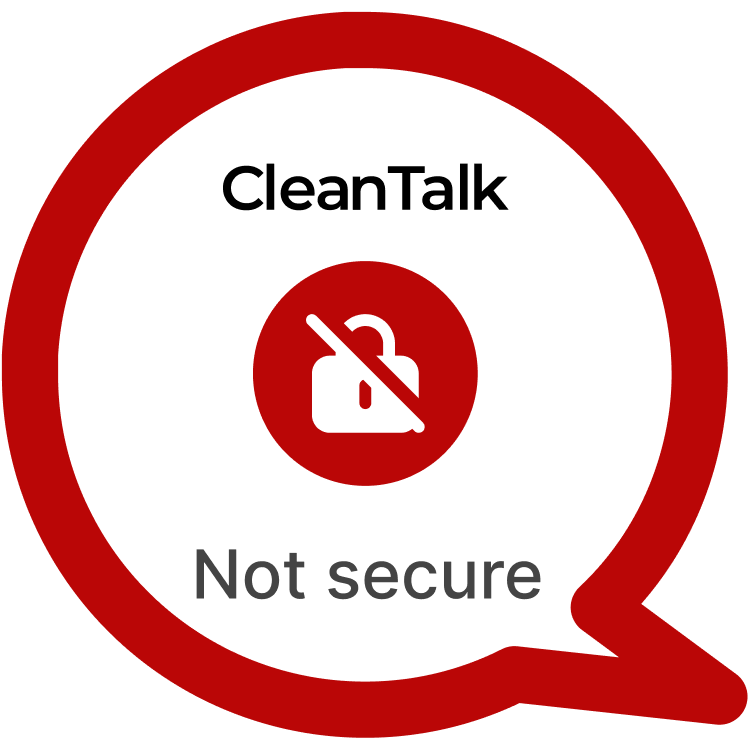CVE-2024-9599 brings to light a critical Stored Cross-Site Scripting (XSS) vulnerability within the WordPress Popup Box plugin, a popular tool used to create a variety of popups for websites. This plugin allows users to add visually appealing and engaging popups, ranging from promotional notifications to subscription forms, without requiring extensive technical knowledge. However, an identified flaw in the way the plugin handles input parameters allows malicious users to inject JavaScript code, leading to the potential creation of backdoors within the WordPress environment. The implications of this vulnerability could lead to unauthorized access and control over affected websites.
| CVE | CVE-2024-8542 |
| Plugin | Popup Box < 4.7.8 |
| Critical | Low |
| All Time | 1 892 346 |
| Active installations | 40 000+ |
| Publicly Published | September 14, 2024 |
| Last Updated | September 14, 2024 |
| Researcher | Artyom Krugov |
| OWASP TOP-10 | A7: Cross-Site Scripting (XSS) |
| PoC | Yes |
| Exploit | No |
| Reference | https://cve.mitre.org/cgi-bin/cvename.cgi?name=CVE-2024-9599 https://wpscan.com/vulnerability/9e8a2659-7a6c-4528-b0b2-64d462485b43/ |
| Plugin Security Certification by CleanTalk |  |
| Logo of the plugin |  |
Timeline
| September 3, 2024 | Plugin testing and vulnerability detection in the Popup Box have been completed |
| September 3, 2024 | I contacted the author of the plugin and provided a vulnerability PoC with a description and recommendations for fixing |
| October 30, 2024 | Registered CVE-2024-9599 |
Discovery of the Vulnerability
The vulnerability was uncovered during a thorough security assessment of the WordPress Popup Box plugin, which is designed to enhance user interaction on websites through diverse popup functionalities. It was found that when users create or modify popups, they interact with various fields and parameters, including the ays_pb_change_creation_date parameter. Attackers can manipulate this parameter to insert harmful payloads into the system, exploiting inadequate input validation and sanitization. The issue lies specifically in the way the plugin processes input, as it does not effectively filter or validate user-provided data, allowing XSS payloads to be stored and executed whenever a popup is triggered.
Understanding of XSS attack’s
Stored XSS vulnerabilities are particularly insidious, as they allow attackers to inject scripts that persistently reside within a website’s content or settings. This means that when an unsuspecting user or an administrator accesses the affected section of the site, the malicious code executes automatically. In the context of WordPress, this can occur in various plugins and themes where user input is not adequately sanitized.
Real-world examples of Stored XSS in WordPress can include instances where attackers exploit vulnerable plugins to embed scripts that execute when an admin views settings or pages. Such scripts could be used for a variety of malicious purposes, including session hijacking, redirecting users to phishing sites, or capturing sensitive data like cookies and credentials.
Exploiting the XSS Vulnerability
Exploiting the CVE-2024-9599 vulnerability is relatively straightforward for an attacker with sufficient access to the WordPress admin panel. The process involves several key steps:
- Access the Popup Box Plugin: Navigate to the Popup Box settings in the WordPress admin dashboard.
- Select Popup Type: Choose a popup type, such as a notification, that requires user-defined parameters.
- Save Changes: After configuring the popup, save all changes to register the new popup settings.
- Modify the Parameter: Change the ays_pb_change_creation_date parameter and input a crafted payload designed to execute JavaScript. An example of a payload could be:
PoC: 333"asdasd='+onmouseover=alert(777)+test='+//____
This payload inserts a JavaScript alert that triggers when the mouse hovers over the popup, demonstrating the exploitation of the XSS vulnerability. Once stored, this payload executes whenever the popup is displayed, potentially allowing attackers to further manipulate the website or gain unauthorized access to sensitive information.
Recommendations for Improved Security
To protect against vulnerabilities like CVE-2024-9599, both plugin developers and WordPress site administrators should adopt robust security measures:
- Input Validation and Sanitization: Plugin developers must implement comprehensive input validation and sanitization processes for all user-provided data. This includes utilizing WordPress’s built-in functions for escaping and validating data.
- Limit User Access: Ensure that only trusted users have access to settings that can be exploited for XSS. Limit the capabilities of lower-privileged user roles to reduce the attack surface.
- Regular Security Audits: Conduct periodic security assessments and code reviews to identify and address potential vulnerabilities before they can be exploited.
- Implement Content Security Policy (CSP): Site administrators should employ CSP headers to mitigate the risks associated with executing unauthorized scripts, making it harder for attackers to execute malicious payloads.
By taking proactive measures to address Stored XSS vulnerabilities like CVE-2024-9599, WordPress website owners can enhance their security posture and safeguard against potential exploitation. Stay vigilant, stay secure.
#WordPressSecurity #StoredXSS #WebsiteSafety #StayProtected #Vulnerability
Use CleanTalk solutions to improve the security of your website
Artyom I.